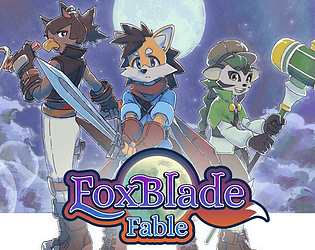Continuing from: https://itch.io/t/5352592/would-you-like-to-post-a-c-tutorial-if-you-can
The answer is.... I'm not sure, probably not at least for now. Frankly it's very tough to spend any time on this project lately - I've been extremely busy with trying to look for a job, working on my game, and trying to find ways to keep a roof over my head in the meantime. All things considered Dreambox doesn't exactly pay the bills, which makes it hard to justify spending much time on it right now.



